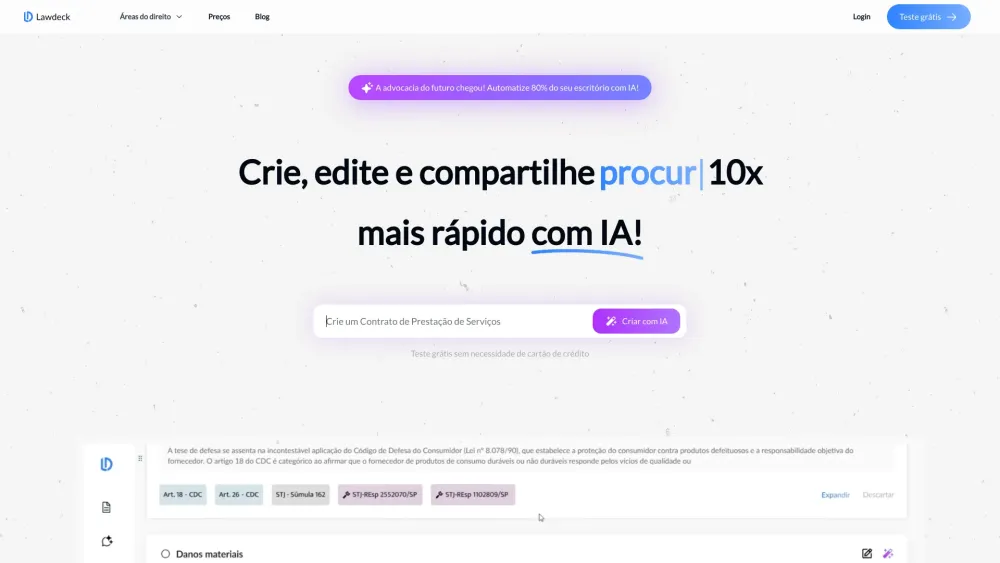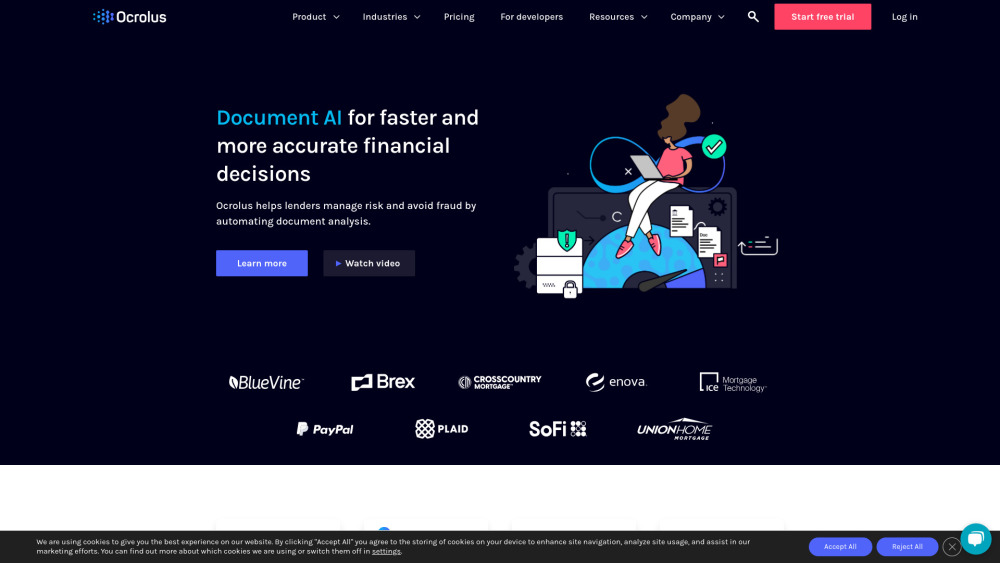Multi-Modal Models in AI: Overcoming Challenges with Transfusion
Multi-modal models that integrate text and image processing are an exciting frontier in artificial intelligence research. However, training these models presents a unique challenge: language models operate with discrete values (words and tokens), while image generation models work with continuous pixel values.
Current multi-modal techniques often compromise data quality. A new research paper by scientists from Meta and the University of Southern California introduces Transfusion, an innovative method that allows a single model to efficiently manage both discrete and continuous modalities.
The Challenges of Multi-Modal Models
Traditional approaches to multi-modality come with trade-offs. Some models, like LLaVA, utilize separate architectures for language and image processing, pre-training each component independently. This can hinder the ability to learn complex interactions, especially with documents that intersperse images and text.
Other methods, such as Meta's Chameleon, quantize images into discrete values, converting them into token sequences akin to text. Although this enables the application of language models for image tasks, it leads to significant information loss from continuous pixel data.
Chunting Zhou, Senior Research Scientist at Meta AI and co-author of the study, highlighted a key observation: "Quantization creates an information bottleneck, where compressed image representations lose critical details. We wondered if we could utilize natural continuous representations of images alongside discrete text during model training."
Transfusion: A Unified Approach to Multi-Modal Learning
"Diffusion models and next-token prediction autoregressive models offer optimal ways to generate continuous and discrete data," Zhou explained. This inspired the development of Transfusion, which effectively merges the best of both worlds.
Transfusion employs a unified model to handle both discrete and continuous data without quantization or separate modules. The central premise involves training a single transformer model on two objectives: language modeling for text and diffusion for images. The model learns to process and generate both data types simultaneously.
Transfusion leverages lightweight modality-specific components to translate text tokens and image patches into suitable representations for the transformer. For enhanced image representation, it utilizes Variational Autoencoders (VAE) to encode 8x8 image patches into continuous values.
"Our primary innovation is using distinct loss functions for each modality over shared data and parameters," the researchers noted.
Transfusion Outperforms Quantization-Based Approaches
The research team trained a 7-billion parameter model based on Transfusion and evaluated it against various uni-modal and cross-modal benchmarks, including text-to-text, text-to-image, and image-to-text tasks. The results showed that Transfusion consistently surpassed performance levels of the prominent Chameleon model.
In text-to-image generation, Transfusion achieved superior results with only one-third of the computational resources compared to Chameleon. In image-to-text tasks, it matched Chameleon's effectiveness while utilizing just 21.8% of the computational capacity.
Notably, Transfusion also excelled in text-only benchmarks, suggesting that training with quantized image tokens may hinder text performance. "Overall, Transfusion significantly scales better than conventional multi-modal approaches that rely on discrete image tokens," Zhou stated.
Exploring New Horizons with Transfusion
The researchers conducted additional experiments to compare Transfusion with other image generation models. Remarkably, it outperformed influential models like DALL-E 2 and Stable Diffusion XL while retaining text generation capabilities.
"Transfusion opens up numerous opportunities for multi-modal learning and innovative applications," Zhou remarked. "It operates like large language models but extends its functionality to multi-modal data, paving the way for enhanced interaction with user inputs, such as dynamic editing of images and videos."
Transfusion represents a significant advancement in multi-modal AI, enhancing data representation and expanding its potential applications in various fields.





